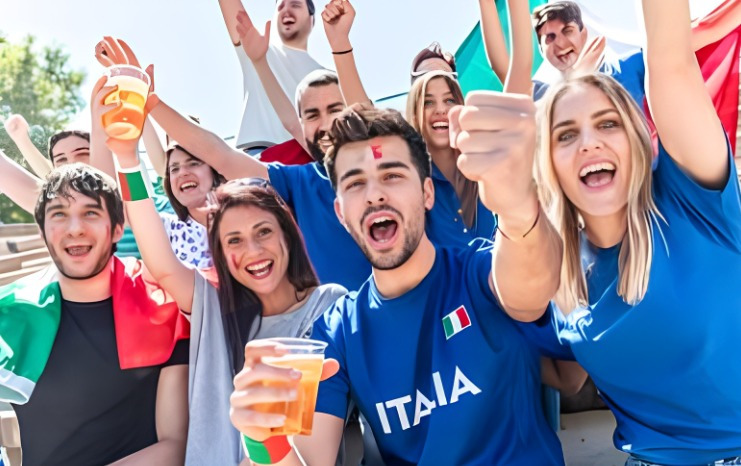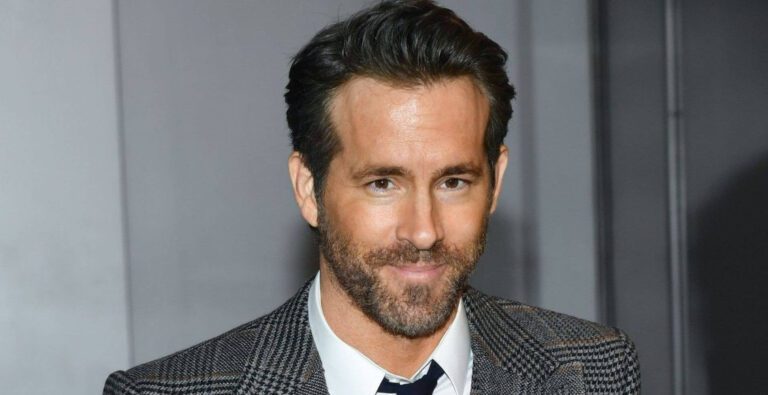Favorite Food of Zombies: Unearthing the Mysteries
Dive into the eerie world of the undead to explore the favorite food of zombies, uncovering ancient myths, modern tales, and the surprising variety on their menu. The concept of zombies has fascinated humanity for centuries, evolving from ancient myths to a staple of modern pop culture. Central to the zombie myth is their diet, often depicted as a macabre craving for human flesh or, more specifically, brains. This focus on their dietary habits not only adds a layer of horror but also serves as a lens through which to explore societal fears and fascinations. Zombie lore has its roots in Haitian Vodou, where zombies are believed to be corpses reanimated by necromancy. Over time, the concept traveled and transformed, influenced by various cultures and media. The modern portrayal of zombies, especially in Western media, often ties back to George A. Romero’s “Night of the Living Dead,” which set the stage for the flesh-eating undead that populate movies, books, and games today. The peculiar dietary preferences of zombies strike a primal chord, tapping into deep-seated fears of death and the unknown. This fascination reflects not only a morbid curiosity but also a metaphorical exploration of consumption in modern society, where the insatiable appetite of zombies mirrors our own consumerist tendencies. Zombies, as fictional creatures often depicted in horror and fantasy genres, are commonly portrayed as having a preference for human brains or flesh as their favorite food. This concept is a staple of zombie lore and is featured in numerous movies, television shows, books, and other forms of media that include zombies. However, it’s important to remember that zombies are not real and this “preference” is purely a part of fictional narratives. Contrary to the popular image of zombies as brain-eaters, their diets in folklore and fiction are surprisingly varied, reflecting the diversity of the undead myth itself. Ancient texts like the Epic of Gilgamesh hint at undead creatures consuming all parts of the human body, suggesting a less discriminate palate than modern interpretations. The Nachzehrer, a creature from German folklore, consumes its own flesh, presenting a macabre twist on the idea of sustainability and self-sufficiency in the afterlife. In Norse mythology, the Draugr is an undead being with superhuman strength, perhaps hinting at a diet rich in proteins—if one were to humorously speculate on the source of its might. Edgar Rice Burroughs’ space zombies in “Lost on Venus” use blood for sustenance, a sci-fi variant that diverges from the typical flesh-eating narrative and introduces the concept of undead creatures in extraterrestrial environments. Folk tales and historical accounts sometimes depict undead creatures being appeased with offerings of vegetables, suggesting that not all zombies are after human flesh. This variation adds a layer of cultural depth to the understanding of zombies, indicating a more symbiotic relationship with the living. Despite the common trope, many zombies in film and literature prefer flesh without specifying brains, as highlighted by George A. Romero, a pioneer in the zombie genre. Zombie lore varies across cultures, reflecting different fears, beliefs, and social contexts. Mythology and folklore have significantly shaped the depiction of zombies, with each culture adding its own unique twist to the undead’s dietary habits. These variations serve as a mirror to the society’s values, fears, and historical context. From the Haitian Vodou origins to the Draugr of Norse mythology and modern interpretations, zombies have taken many forms worldwide. Each version reflects the cultural anxieties and fascinations of its time and place, offering a global perspective on the undead. The diet of zombies carries deeper meanings, reflecting societal concerns and human psychology. Zombies’ insatiable hunger often symbolizes societal fears of overconsumption, loss of control, and the dehumanizing effects of modern life. It serves as a critique of consumer culture, where the endless desire for more can lead to self-destruction. The fear of being consumed by zombies taps into primal fears of death and the unknown. It also reflects anxieties about being overwhelmed by societal pressures, losing one’s identity in the face of mass consumerism, or the erosion of individuality. The portrayal of zombies and their diets continues to evolve, reflecting changing societal attitudes and creative explorations. The zombie genre has grown to include a wide range of narratives, from horror to comedy and social commentary. This evolution reflects the genre’s flexibility in exploring contemporary issues through the lens of the undead. Today’s zombies appear in various media forms, from movies and TV shows to video games and literature, each offering a new take on the undead’s dietary habits and underlying meanings. This diversity showcases the enduring appeal and adaptability of zombie lore.Introduction
The Evolution of Zombie Lore
The Fascination with Zombies’ Dietary Preferences
Most Favorite Food of Zombies
The Varied Menu of the Undead
Human Offal: The Ancient Choice
Locally Sourced Flesh: A Sustainable Option?
Protein Shakes: The Draugr’s Secret
Astronaut Ice Cream: Zombies in Space
Corn and Peas: The Vegetarian Zombies
Flesh, Hold the Brains: Pop Culture’s Take
Cultural Interpretations of Zombie Diets
The Influence of Mythology and Folklore
Zombies Across the Globe
The Significance Behind the Diet
What Does the Zombies’ Diet Symbolize?
Zombies and Human Fear of Consumption
Modern Interpretations and Adaptations
The Evolution of the Zombie Genre
Zombies in Contemporary Media
FAQ’s
Why do zombies eat brains?
Zombies eating brains is a modern myth popularized by movies, rooted in the idea that zombies crave the thing they lack: consciousness.
Are there any historical accounts of zombies eating specific foods?
Historical accounts, like the Sumerian Epic of Gilgamesh, mention zombies but do not specify their diets, suggesting a varied and imaginative range of undead diets through the ages.
How do modern movies and books influence our perception of zombies’ diets?
Movies and books have greatly shaped our perception of zombies’ diets, often portraying them with a fierce appetite for human flesh, particularly brains, for dramatic effect.
Could zombies survive on a diet other than human flesh?
While purely speculative, some stories and folklore suggest zombies could potentially subsist on alternative diets, ranging from their own flesh to plant-based offerings.
Are there cultural differences in what zombies eat?
Yes, cultural narratives around zombies show varied diets, from the blood-based concoctions in Edgar Rice Burroughs’ works to the corn and peas offered to the undead in Cochiti Pueblo traditions.
Is there any scientific basis for zombies’ dietary choices?
There is no scientific basis for zombies’ dietary choices as zombies are fictional; however, the portrayal of their diets often serves as a metaphor for human fears and societal issues.
Conclusion
The dietary preferences of zombies, from brains to beans, offer more than just a grotesque detail; they provide insight into human nature, societal fears, and cultural diversity. As the lore of the undead continues to evolve, so too will the fascination with what zombies eat, serving as a reflection of humanity’s ongoing dialogue with mortality, consumption, and the unknown.






